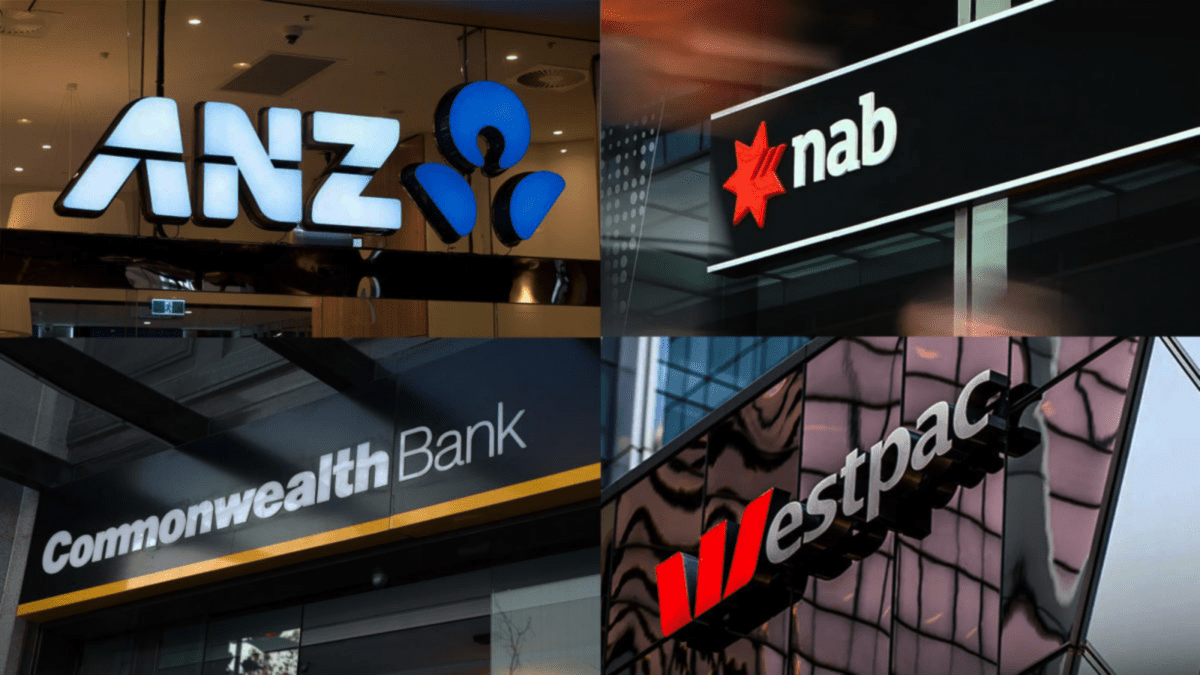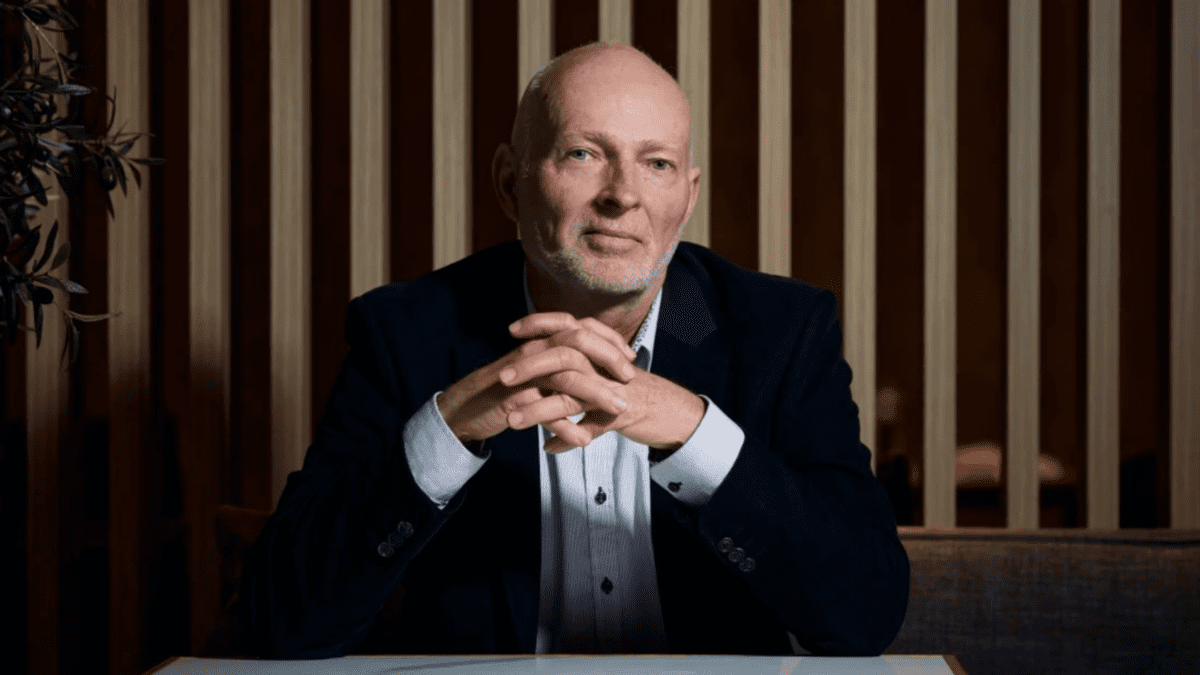Big-four CEOs defend profitability, rate settings at bank competition probe
Competition among Australia’s big four banks is alive and well, and public perceptions that they are passing interest rate hikes through to borrowers more quickly than to depositors are simply inaccurate, their CEOs told a House economics committee this week.
While signs of stress are starting to appear in the surprisingly resilient economy, the bank heads said, their customer bases show Australian consumers, particularly the homeowner class, are still faring better than expected. Meanwhile, banks are not unduly profiting off the changing conditions, but rather are generating return on equity barely above the cost of capital.
“The facts are that net interest margin – the difference between what we pay for money and what we charge for it – has fallen significantly over the last 10 to 15 years,” ANZ CEO Shayne Elliott said. “That is a result of fierce competition.”
Fronting the House of Representatives Standing Committee on Economics over Wednesday and Thursday as part of its inquiry into “promoting economic dynamism, competition and business formation” in Australia, the CEOs and other bank leaders were quizzed on the alleged discrepancy between the interest rates banks charge borrowers and those they pay depositors.
The Australian Competition and Consumer Commission announced the inquiry into banks’ deposit interest rate settings in February in response to a Treasury request.
But, according to National Australia Bank CEO Ross McEwan, competition among the big four is stronger than ever. “There wouldn’t be a day when we don’t run into competition in the marketplace across all our segments,” he said.
The “vast majority” of Westpac’s customers emerged from the COVID-19 pandemic in a strong position, showing resilience to tightening economic conditions, while credit quality remains sound and stressed asset levels remain at historic lows, CEO Peter King said.
All four banks emphasised, as evidence of the strong state of competition in the sector, the fact that most of their business currently comes from customers switching banks rather than new growth, with refinancing levels in the residential mortgage market at their highest in decades.
“We saw 17 per cent of Australians switch banks last year; it is the most competitive I’ve seen banking in my 30 years,” King said. He added that the market churn goes beyond switching among the big four, which have lost 3.8 per cent market share in mortgages and 2.6 per cent in household deposits to smaller competitors.
This high level of competition, King said, has resulted in a “gradual decline” in the majors’ net interest margins and return on equity.
Asked about an ACCC report on impediments to switching banks, the CEOs largely countered suggestions that perceived inadequacies in customer engagement would be fixed by requiring more communications about the availability of better deals.
In fact, the bank chiefs said, their customers are very engaged, both through their heavy reliance on well-informed brokers and because the rising interest rate environment has them laser-focussed on ways to save.
“The system works, people are informed, and brokers are reaching out to customers to tell them if they can get a better deal,” Elliott said. “If you’re not engaged on your home loan, getting a letter from a bank once a year is unlikely to change that level of engagement.”
As for any rate discrepancy, the CEOs explained that market practice is to review mortgage rates around the time of an RBA rate rise, and that rates are tied to wholesale funding costs rather than the cash rate. Deposit rate changes are also happening more quickly than perhaps the public perceives.
But the bottom line is, a strong and profitable banking system is crucial to the nation’s economy, and the banks’ profitability levels are, if anything, in steady decline, they argued.
“We’re lucky to live in a country where there’s been a long period of uninterrupted growth, but that won’t always be the case,” King said.
“There’ll be a period when we have a downturn, and we need a banking system that’s well capitalised and funded to support that downturn, help the economy, and allow those parts of it that can grow, to grow. But it is a balance, because it makes it harder to compete if you haven’t got scale.”
Of more concern for the state of competition is the role of big-tech players in the payments space, the bank leaders said, urging a closer look at how offerings like Apple Pay fit equitably into the financial services landscape.
“In the context of competition and some of the big tech players, there are no greater examples of gatekeepers and quasi-monopolistic powers being leveraged – those that seek to free ride off of the infrastructure and make little contribution to it, nor frankly to the Australian community in the context of the taxes we pay,” said Commonwealth Bank of Australia CEO Matt Comyn.










